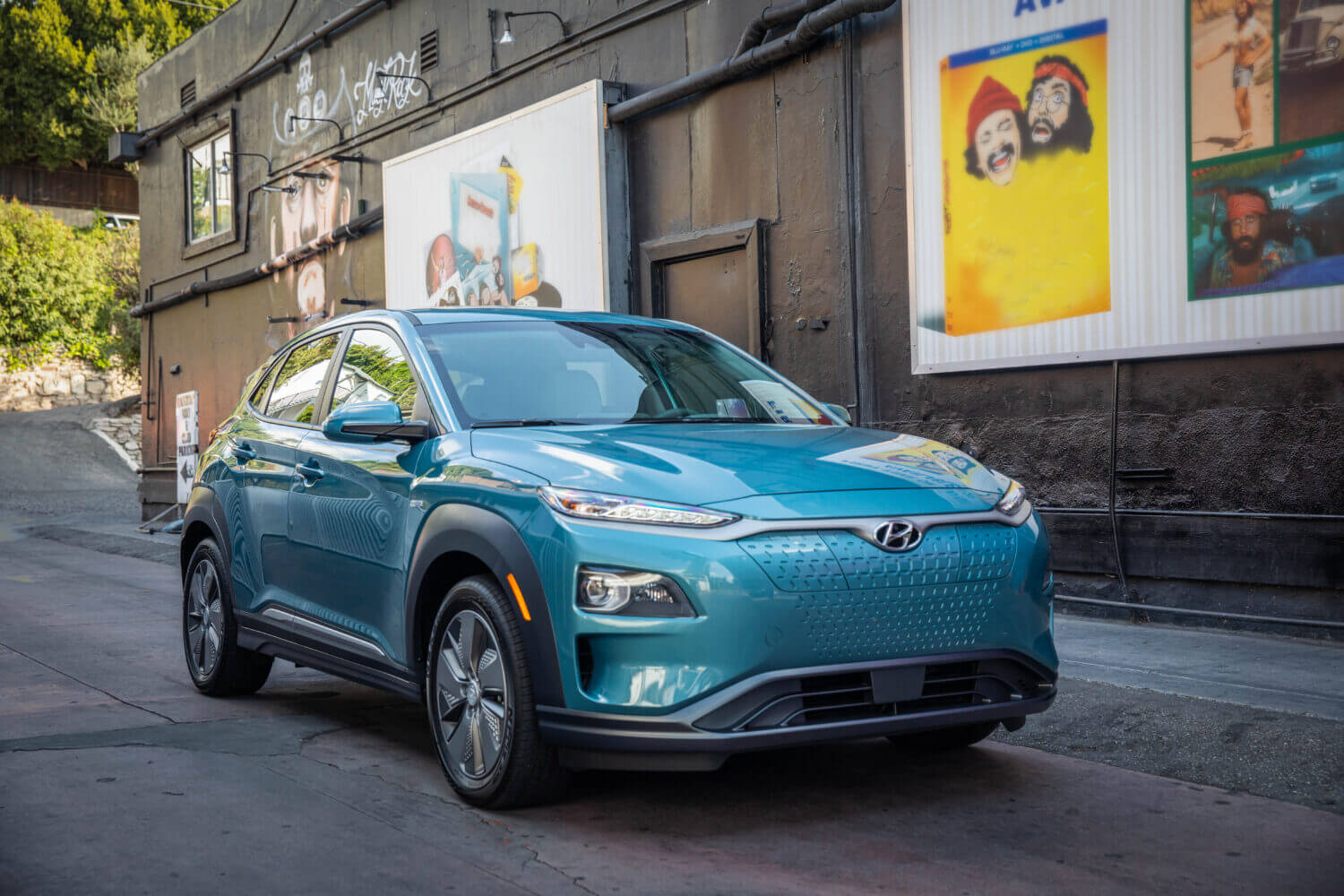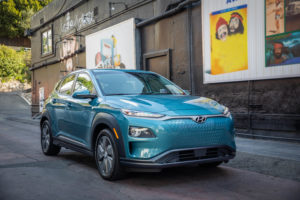Are electric vehicles the new economy cars?
Switching to an EV is good for the environment and—surprise—it can benefit your budget, too.
Advertisement
Switching to an EV is good for the environment and—surprise—it can benefit your budget, too.



| VEHICLE EXPENSE ITEM | HYUNDAI KONA (Luxury Trim) | HYUNDAI KONA EV (Preferred Trim) |
|---|---|---|
| MSRP* | $27,599 | $44,999 |
| Annual Fuel Costs** | $1,754 | $452 |
| Maintenance Schedule | Every 5,000 km | Every 24,000 km |
| Insurance*** | Discounts available | |
| H.O.V. Access**** | Minimum 2 passengers | Full access |
| Preferred Parking | EV parking available |
Share this article Share on Facebook Share on Twitter Share on Linkedin Share on Reddit Share on Email
A further distinction is needed in the charging cost estimate used. You ‘equate’ EV charging to .25/liter in the article, with no mention of the math,charging source or resulting cents/km. That’s pretty good @ 1/6 the cost of gas now of ~$1.50/l, but higher than home charging is.
A small gas car may uses 7 l/100 km at best, $10.50. For an EV, that’s $1.75 for 100 km or 17.5 c/km for your EV estimate. Must be lots of Fast commercial charging involved. Fast commercial charging IS variable and not cheap, and depends on the speed the car can accept charge at per minute price chargers.
With home charging, I paid about 3 cents/km based on the KW/h energy use of the car and overnight time of use pricing @ 8.4 c. /KW/Hr. Ontario now has an ‘Ultra low’ overnight rate from 11pm-7am of 2.8 c./KW/hr, so the first full charge is even cheaper at about 1.5 c/km! This also helps balance the grid, using surplus nuclear generation capacity overnight.